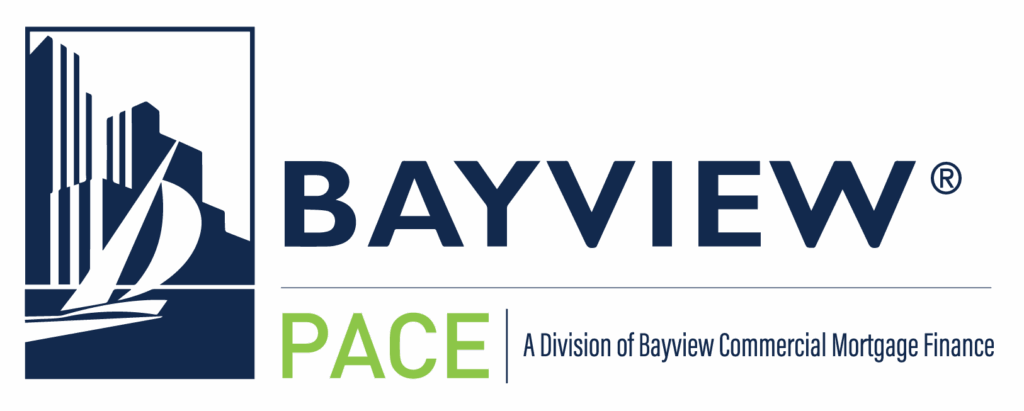
Insights & Perspectives 08/07/24
By: Steve McGee | Rob McAdams
With the higher interest rate environment constraining banks and seniors housing and healthcare borrowers alike, there may be value in knowing more about C-PACE.
An acronym for commercial property-assessed clean energy, C-PACE is a financing structure that was created to encourage developers and owners to incorporate energy efficiency, renewable energy, and related features in new or renovated commercial buildings. While not a federal initiative, C-PACE programs are overseen by the U.S. Department of Energy and are authorized and overseen by states, whose programs are similar but not identical.
Currently, 35 states and the District of Columbia have approved and operate C-PACE programs. Borrowers through the programs make loan repayments via an assessment on their property tax bill. Since loan repayments are attached to the property as an additional assessment and are secured by the property with a lien more senior to those of many other creditors, the additional security enables lenders to offer lower interest rates than what can be obtained through unsecured options.
In practice, almost any new construction or renovation at a seniors housing and healthcare facility done to code and using modern mechanical and energy/HVAC systems will qualify for C-PACE loans, which can take the place of mezzanine financing at potentially half the cost.
How C-PACE Financing is Structured
C-PACE loans are generally between $2 million and $200 million in size and have 20- to 30-year terms. The non-recourse, fixed-rate loans typically account for between 25% and 35% of the total capital structure of a project. Loans require approval from the senior lender and come with great flexibility in amortization. Sometimes, no payments may be required for the first few years, followed by a period of interest-only payments and then years of amortized payments. C-PACE loans are prepayable and assumable from inception. Third-party administrators hired by states approve C-PACE loan applications, with funds coming from institutional investors, typically insurance companies.
Costs of a C-PACE Loan
Perhaps the chief appeal of a C-PACE loan is its lower cost compared to bank mezzanine financing and other forms of debt. The loans’ price is expressed in terms of a spread over 10-year U.S. Treasuries. That basis-point spread typically ranges from the high 300s to the low 400s, making the rate currently in the mid-8% range—typically lower than the cost of bank mezzanine financing. In addition, borrowers usually pay an origination fee ranging from 1% to 1.5% and about $50,000 in C-PACE program administrator fees. Some states set a loan-to-cost (LTC) cap for borrowing while others do not.
Advantages of C-PACE for Borrowers
In addition to its lower cost, two of the great advantages of a C-PACE loan are its flexibility and availability. It can be used at almost any time in the lifecycle of a property, including to reduce equity needs in new construction, and in retrofitting or rehabbing a commercial building, which is becoming more commonplace today.
Others use C-PACE loans as a bridge to permanent financing later. With current market conditions unsettled, many borrowers want to stay in the bridge world a little longer. A C-PACE loan can be brought in as an interim tool until a borrower wants to go permanent.
C-PACE in Action
Demonstrating how prolific C-PACE is becoming, Bayview Asset Management has originated approximately $500 million in C-PACE loans since starting its program three years ago. Bayview funds about $200 million of C-PACE loans a year and is growing along with the C-PACE sector, where funding currently totals between $1.5 billion and $2 billion annually.
In a recent example, Lument worked with Bayview on a $27 million debt placement to assist Mission Senior Living with the construction of a 124-unit, 129-bed, two-story assisted living and memory care community in Durango, Colorado. The financing structure included approximately $6 million of C-PACE proceeds, which Lument sourced from Bayview.
To find out more about C-PACE and whether it might be an appropriate solution for you, please reach out to the authors for more info.
Originally published on McKnights.
Reposted from Lument article Insights & Perspectives 08/07/24
